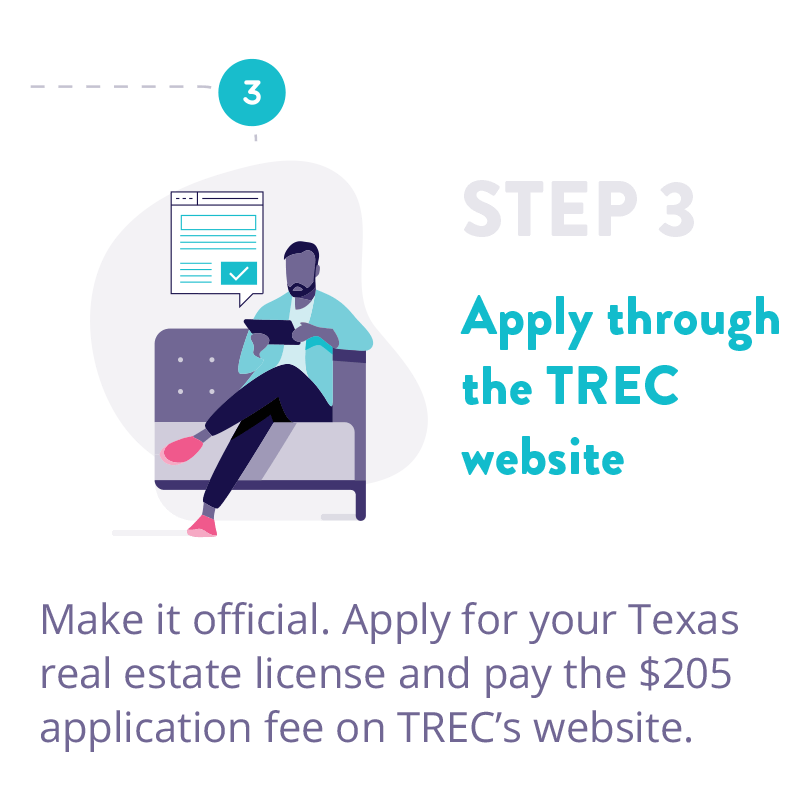But you don't have to pay PMI permanently. More on that later PMI can be a pretty huge expense, with the typical annual PMI premium ranging from. 55 percent to 2. 25 percent of the initial loan quantity annually. Your credit score and loan-to-value ratio will impact your PMI premium. For instance, if you purchase a home for $200,000 and your PMI is one percent, you will pay $2,000 a year, or about $166 a month (Which combines google maps with real estate data). Fortunately is that you can ask the lender to cancel your PMI once you have paid down the home loan balance to 80 percent of the home's initial evaluated value.
If you have an FHA loan, you will require to pay down your home loan to 78 percent of your original list prices. Even if appreciation has actually pushed your equity up, you will need to reduce your original principal balance. Usually, a lot of loan providers require PMI when it pertains to standard loans with a down payment less than 20 percent. Like anything else, though, there are exceptions to the rule. You'll need to do your homework if you wish to pass up paying PMI. Some banks out there offer low down-payment, PMI-free traditional loans. These suppliers will waive PMI for borrowers with less than 20 percent down, however you'll pay a greater interest rate. No, not the body appendage. While fixed-rate home loans have the same rate of interest and monthly payment for the life of the loan, the interest rate and regular monthly payments on an ARM modification (thus the word "adjustable"). ARM interest rates are normally repaired for a period between 3 and ten years before they alter. The brand-new payment is determined using a rate based upon a hidden index like LIBOR (not an essential acronym for home buying, however it stands for "London Interbank Offered Rate") or the CMT (Constant Maturity Treasury) plus a margin. Understanding how your rate can alter and how this can increase your payment is extremely essential.
The agency enforces rules like Know Before You Owe, which provide customers more transparency in the mortgage procedure and knowledge about what they can manage. This ratio is the portion of your income that approaches paying regular monthly expenses. Lenders normally need DTIs listed below a specified percent for you to receive specific loan products. These loans were developed throughout the Great Anxiety during the 1930s and basically make buying a home more accessible by offering mortgage help and letting debtors certify for a loan with a deposit of just 3. 5% (instead of the recommended 20% deposit).
These are month-to-month payments of simply interest. Certain home loans enable these lower payments for a given period. These loans work best for customers who expect a significant bump in income or strategy to re-finance or move prior to the end of the interest-only term. Not to be puzzled with smoked salmon, usually consumed with cream cheese and bagels. These are brief letters supplied to a lending institution that explain changes in earnings, protect late payments, or summarize your rental history. They can help you receive your home loan. This ratio is calculated by dividing the loan amount by the home's purchase rate.


Lenders Learn here have unique programs for customers who put down less than 20%. Not a sound a robotic makes, but rather a cost that's funded as part of the loan and charged by the government for FHA loans. This unique program enables newbie buyers to put down less than 20% on their purchase. These payments are the quantity due monthly on your home mortgage. Not an unfortunate party, however rather your overall month-to-month housing expense, that includes the P&I payment due on your home loan and the taxes and insurance coverage on your house. PMI is an additional charge you pay when your deposit is less than 20%.
How To Become A Real Estate Agent In Michigan - Truths
Must satisfy specific requirements specified by the Dodd-Frank Wall Street Reform and Consumer Protection Act, such as loan quantity, rate of interest, and underwriting, so they can be bought by a government-sponsored entity. Not the cousin of a Vespa scooter. More like a map, because it requires that you get specific disclosures about closing costs and settlement procedures at certain times during the mortgage procedure. Proof of your income in the form of W-2s, pay stubs, or earnings tax returns. Termites. Enough said. And if you ever find yourself sounding out acronyms while trying to follow together with your lending institution, follow this wise recommendations from Eric Gotsch: "Asking will never ever be a foolish question, specifically throughout something as crucial as the home-buying process.".
If you want to avoid PMI, you have 2 alternatives: pertain to the table with a 20% down payment or see if you can have the loan provider pay for the PMI. Here's how to achieve either. A deposit is a needed lump-sum payment you make at near acquire a home - What does a real estate developer do. The amount you pay is a portion of the house's value and helps contribute to the equity you have in the home from the outset and Check out here decreases the quantity you obtain. The majority of loans do not need a 20% down payment. However, having one will get rid of the PMI and might lower your monthly payment a lot more because it'll also lower your primary balance.